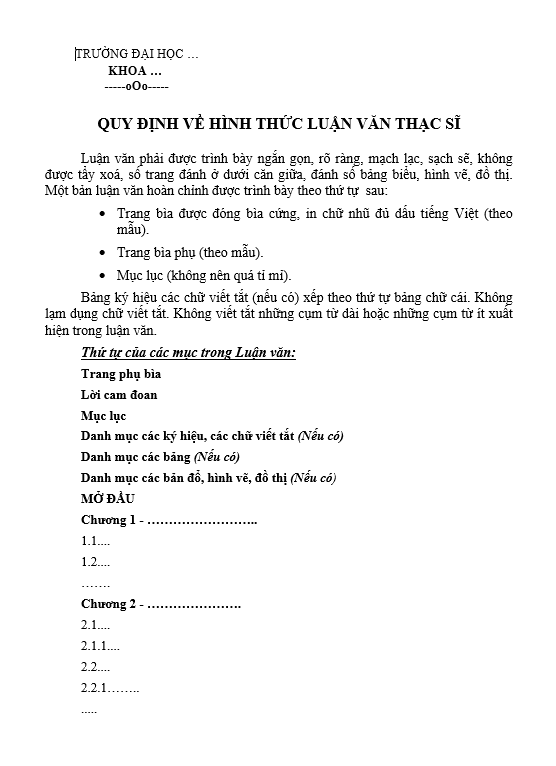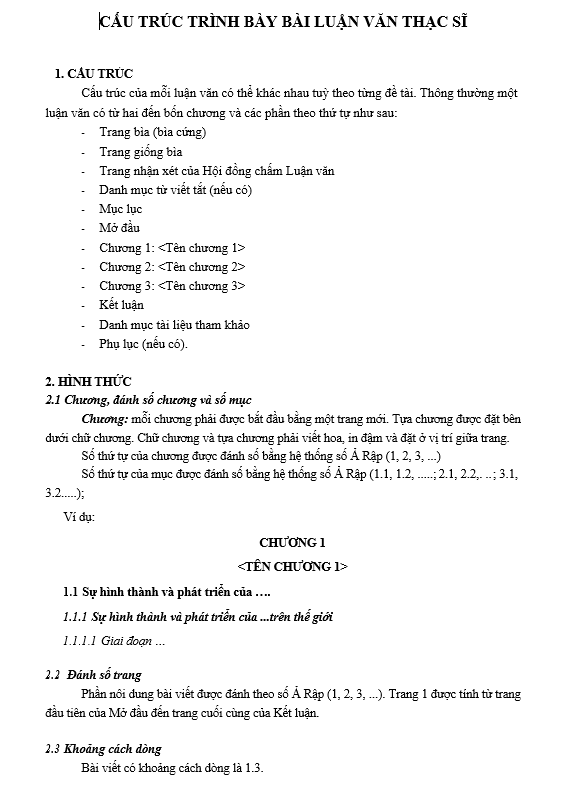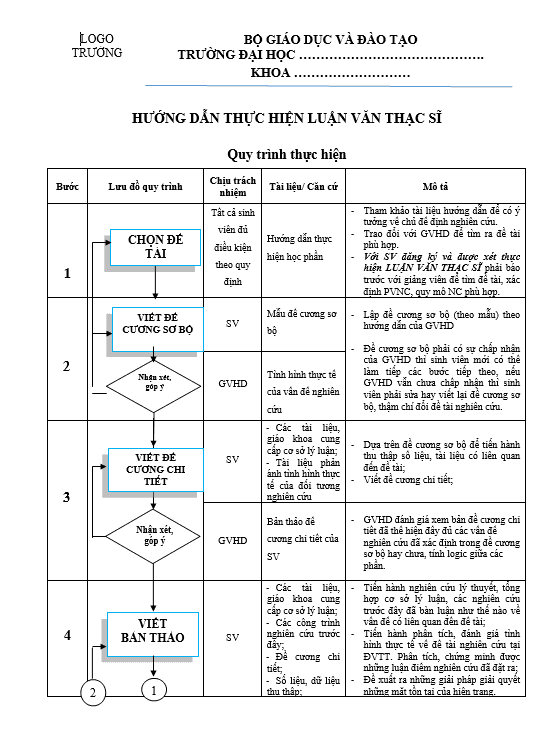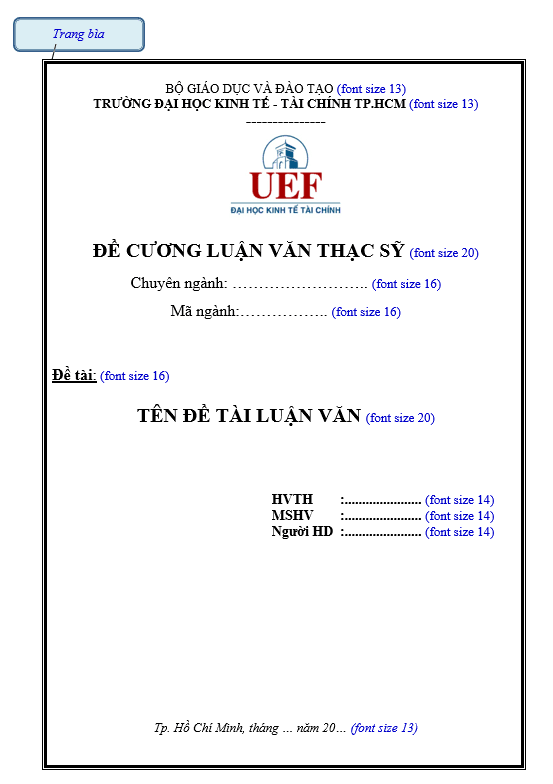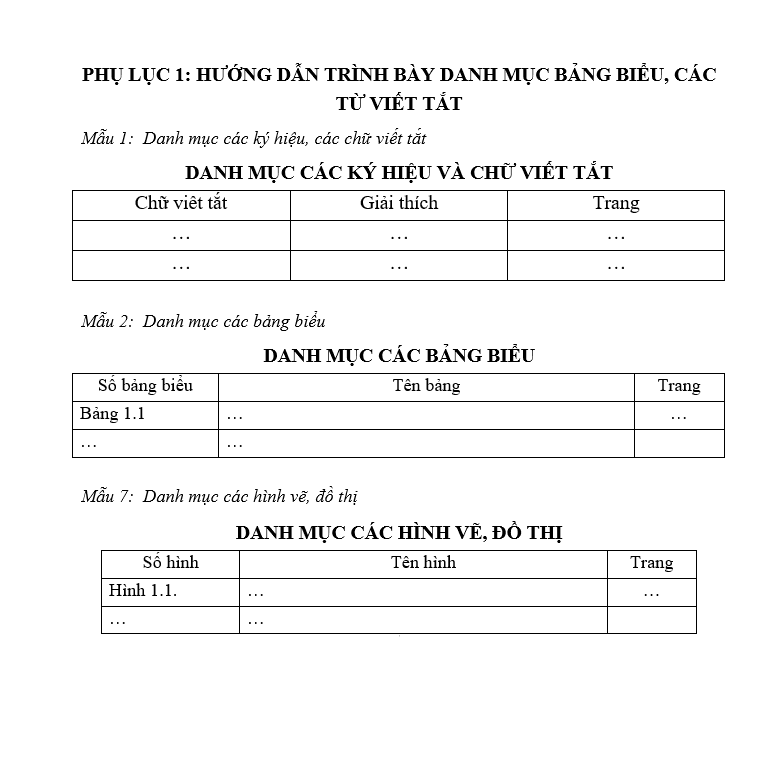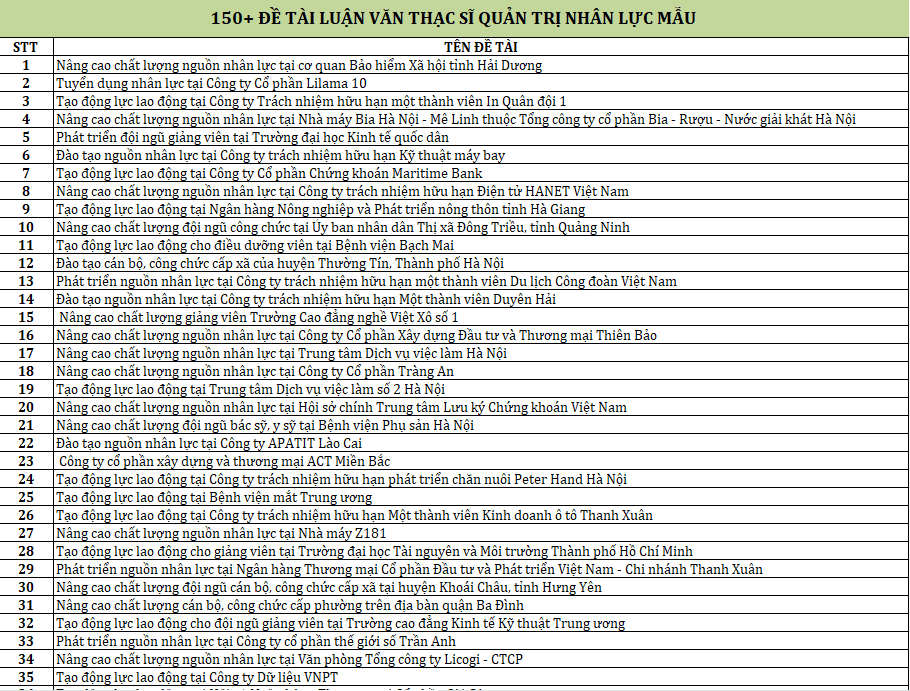Table of contents
Preface …………………………………………………………………………………………………………………………………. 4
Table of contents …………………………………………………………………………………………………………………… 5
List of abbreviations ………………………………………………………………………………………………………………. 6
Introduction ………………………………………………………………………………………………………………………….. 7
1. Theoretical framework ……………………………………………………………………………………………………….. 9
1.1 Conceptualizing value of HRM for employees …………………………………………………………………… 9
1.2 Benefits ………………………………………………………………………………………………………………………. 10
1.2.1. Intellectual capital theory as an overarching framework for the various benefits …………. 10
1.2.2. Human Capital ……………………………………………………………………………………………………… 11
1.2.3. Social Capital ……………………………………………………………………………………………………….. 11
1.2.4. Organizational Capital …………………………………………………………………………………………… 12
1.3. Costs …………………………………………………………………………………………………………………………. 14
1.4 Service dominant logic: Why consumers create value ………………………………………………………. 15
1.5 The consumption of employees as a determinant of value of HRM for employees………………. 17
1.5.1 HRM Service and defining resources ………………………………………………………………………… 17
1.5.2. The consumption of a HRM service …………………………………………………………………………. 18
1.6. The three innate needs as drivers for HRM consumption ………………………………………………… 19
1.6.1. Goals that derive from the needs in HRM consumption…………………………………………….. 20
1.6.2. Three forms of HRM consumption ………………………………………………………………………….. 21
1.7 The effect of HRM consumption on the value of HRM for employees ………………………………… 22
2. Method ……………………………………………………………………………………………………………………………. 25
2.1 Research design and context …………………………………………………………………………………………. 25
2.1.1. Organizational context ………………………………………………………………………………………….. 25
2.2 Data collection …………………………………………………………………………………………………………….. 26
2.2.1 Quantitative data collection to measure constructs of intellectual capital and costs ……… 27
2.2.2 Qualitative data collection to explore HRM consumption …………………………………………… 30
2.2.2.1 Human Resource Management at TUI Nederland – Enschede ……………………………………… 30
2.2.2.2. HRM consumption behavior …………………………………………………………………………………… 32
3. Empirical findings and Discussion ………………………………………………………………………………………. 34
3.1 Quantitative data – levels of intellectual capital and costs ………………………………………………… 34
3.2 Exploring HRM consumption behavior ……………………………………………………………………………. 35
3.2.1. Compliance driven HRM consumption behavior ………………………………………………………. 35
3.2.2 Competence driven HRM consumption behavior ………………………………………………………. 35
3.2.3 Relatedness driven HRM consumption behavior ……………………………………………………….. 38
3.2.4. Autonomy driven HRM consumption behavior ………………………………………………………… 40
3.3 Exploring proposition 2 ………………………………………………………………………………………………… 43
3.3.1. Proposition 2A ……………………………………………………………………………………………………… 43
3.3.2. Proposition 2B ……………………………………………………………………………………………………… 45
3.3.3. Proposition 2C ……………………………………………………………………………………………………… 47
4. Conclusions and limitations ………………………………………………………………………………………………. 49
4.1 Limitations and future research opportunities ………………………………………………………………… 49
4.2 Conclusion and practical implications …………………………………………………………………………….. 51
References…………………………………………………………………………………………………………………………… 54
Appendix …………………………………………………………………………………………………………………………….. 63
Appendix I – Organization chart of the TUI Benelux Enschede office ……………………………………….. 63
Appendix II – Operationalization table: Intellectual Capital. ……………………………………………………. 64
Appendix III – Questions to measure intellectual capital ………………………………………………………… 65
Appendix IV – Questions to measure the dependent variable: The experienced costs ……………….. 66
Appendix V – Data collection Part 1 – Questionnaire (English) ………………………………………………… 67
Appendix VI – Classification of the interviewed employees based on Z-scores ………………………….. 73
Appendix VI – Operationalization table for designing interviewing questions……………………………. 75
Appendix VII – Questions for interviews in English (1) and Dutch (2) ……………………………………….. 77
Appendix VIII – List of Codes and descriptions ………………………………………………………………………. 78
Appendix IX – Competence driven HRM consumption ……………………………………………………………. 81
Appendix X – Relatedness driven HRM consumption ……………………………………………………………… 84
Appendix XI -Autonomy driven HRM consumption ……………………………………………………………….. 87
Appendix XII – Complete overview of assigned codes …………………………………………………………….. 90








